
Oops! Something went wrong while submitting the form.

YouTube channels of well-known companies can appear like a video content graveyard - disorganised, under-utilised, and even embarrassing - filled with content that they wouldn’t even consider sharing on other platforms. Why is this happening, and what are the key mistakes companies are making on YouTube?
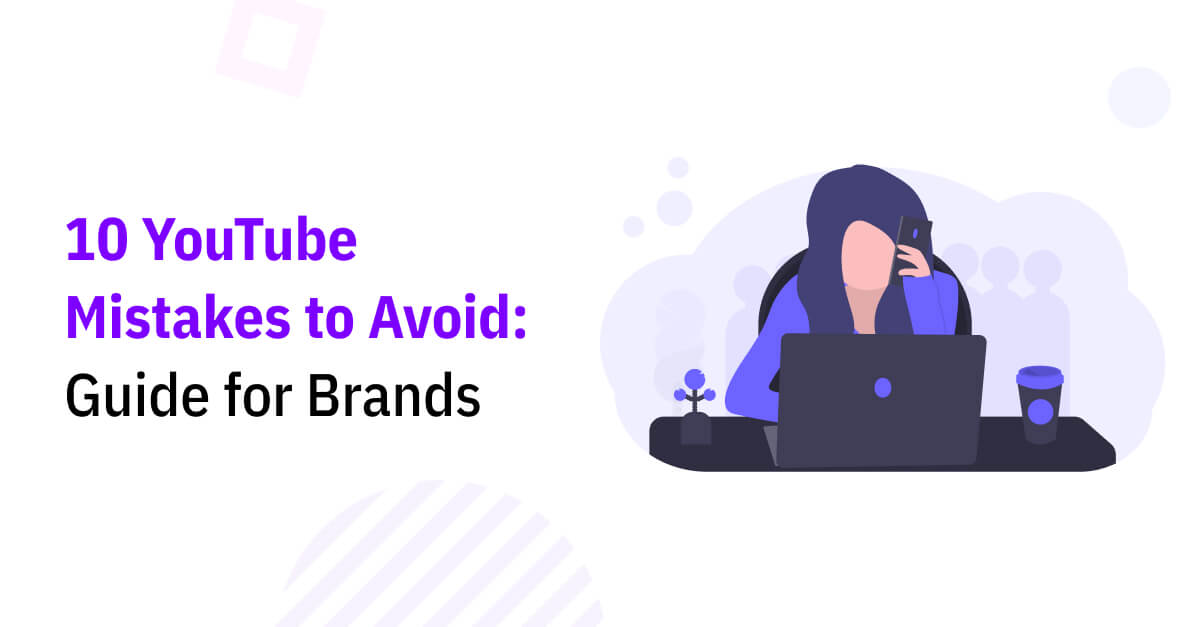
In its early days, YouTube was known as a home to amateur comedians, pranksters, and aspiring rock stars. But, as its popularity grew, so did the size and diversity of its audience.As is the nature of marketing, to reach your audience, you must follow. So, over time, YouTube has become one of the most effective spaces for, companies and initiatives to engage consumers.Many companies, however, still tend to neglect the marketing space that YouTube provides. Looking through channels of well-known companies, it can appear like a video content graveyard - disorganized, under-utilized, and even embarrassing - filled with content that they wouldn’t even consider sharing on other platforms.Even where high-quality, expensive advertising content is present, a lack of strategic approach leaves videos gathering dust in the far reaches of YouTube’s buzzing marketplace.As the second most used search engine on the internet, out-ranked only by its parent company Google, the missed opportunities to engage audiences are huge.So, why is this happening, and what are the key mistakes companies are making on YouTube?To help you avoid these costly errors, we’ve compiled a list of the most common mistakes being made by companies in the management of their YouTube presence...
Many companies have a bad habit of having undefined responsibility over YouTube channels. But where should this responsibility be assigned?

Looking for examples across industries, there is no clear rule or definition, with a wide variety of teams and functions given the task - from those in Marketing or Corporate Communications, to Digital and Content Management teams.Often, a core issue is YouTube simply not being viewed as a social media channel. This can lead to inconsistency, and lack of clarity from the outset. Various issues can then occur, including:
By establishing a core point of responsibility, either an individual or team, many of these issues can be avoided. This can, of course, change over time as strategies develop.
Without objectives - or desired outcomes - you lack strategy.Even where a YouTube channel is active, there’s often no clear vision of what YouTube should be achieving for the company. This can result in a disconnect between content, and company image, or brand.As with content management, looking to overall corporate and marketing objectives can help remedy the situation. What key areas are in focus? Perhaps it’s customer support, branding, employer branding, hosting - or, all of the above.To aid in the continued development of these objectives, you’ll want to set effectiveness measures for your YouTube content. This involves identifying Key Performance Indicators and make use of YouTube channel analysis tools. Google provides a useful introduction to some of these KPIs and analytics tools, available here.Overall, creating measurable YouTube objectives in this way can provide a hugely effective starting point towards building your audience, supporting company strategy, and increasing consumer awareness.
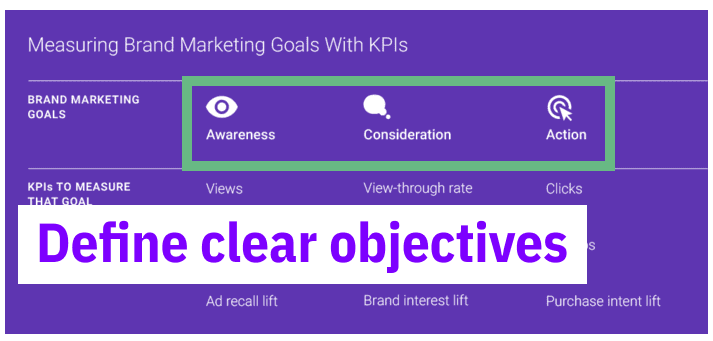
Bonus tip: Many companies make the mistake of using Call-to-actions which are too hard, or poorly presented. For example, focusing simply and explicitly on getting viewers to “click to external website”. Instead, remember to positively focus on your brand story first - do it well, and an invitation to visit your website will be more than enough.
Despite growing recognition of the value of data, many companies still don’t make effective use of data insights in YouTube strategy development. This leaves them in an ongoing, uphill struggle for audience engagement. While it may be due to a lack of knowledge or experience, the data collection and analysis tools available mean developing skills needn’t be a daunting task.Collection and analyses of data provide invaluable insights throughout the YouTube strategy process. From SEO preparation when posting video content, through to tracking engagement, and developing future content ideas.When analyzing data related to these strategy building tasks, key metrics can include:
These measurements can be gathered using a combination of easy-to-use tools, including the creator studio section of your YouTube channel, and additional software, such as those provided by tubics.
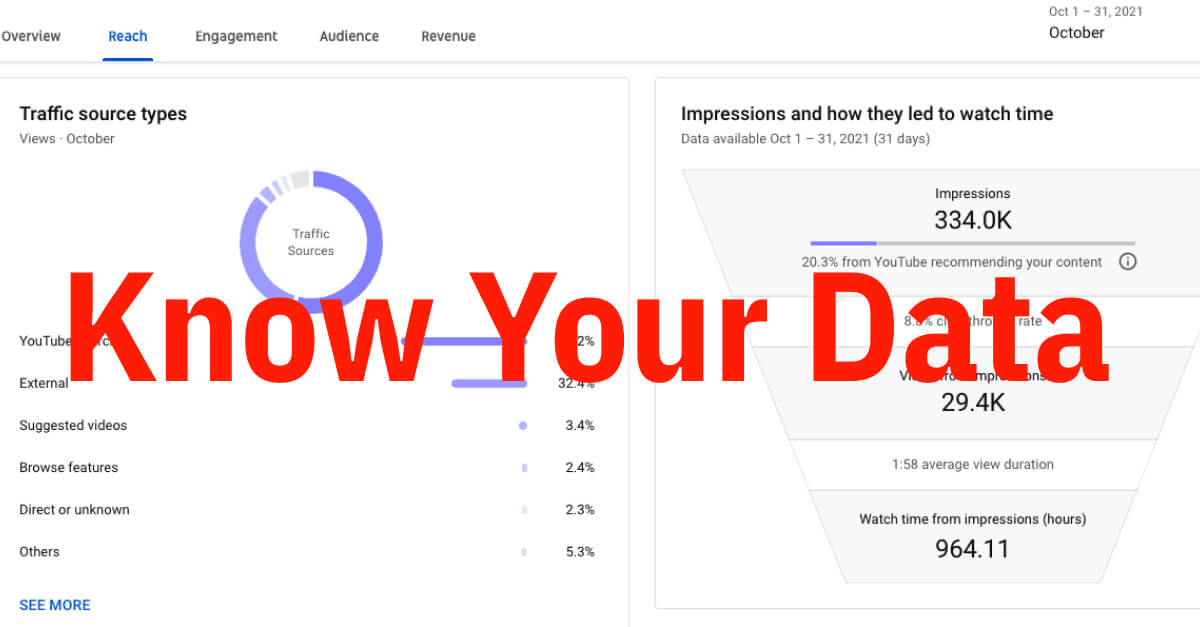
Bringing in advertising agencies to design fancy, showpiece YouTube content can be an attractive idea.However, in addition to being highly expensive, in most cases there’s a couple of reasons that often make it simply unnecessary:Typically, work with agencies is on a campaign by campaign basis. Content ends up only being relevant for a short period of time. These fancy image films, or ‘Hero content’, tend to have far less sustainable engagement than ‘help content’, such as how-to or tutorial videos.It’s this sustainable ‘help content’ that should form the foundation of your company’s YouTube strategy. Keeping it relevant to your brand and expertise, your team holds all of the knowledge and experience needed to inform it’s creation!
With falling costs and increased ease of use for both film equipment and editing software, most organisations have all of the skills and resources needed to make high-quality video content in-house.If you’re lacking confidence in the editing stage, the good news is that VJs and film editors these days are well trained and inexpensive. Big brands are already building up in-house video teams to serve the video needs from within the company.If you are lacking an in-house studio you can also check out YouTube Spaces or try a DIY office studio.

Perhaps one of the most persistent mistakes made by companies is the lack of long-term YouTube strategy. Focusing on campaign to campaign work, they end up posting video content with the potential for momentary hype, but little continuity.This runs the risk of getting stuck in a chase for the next boost in activity.To achieve more sustainable engagement, avoid over-investment in passing trends and “hot topics”. Make sure you have content which will remain useful and relevant to your audience in the longer-term.Overall, design your strategy with sustainable consumer awareness and engagement in mind.
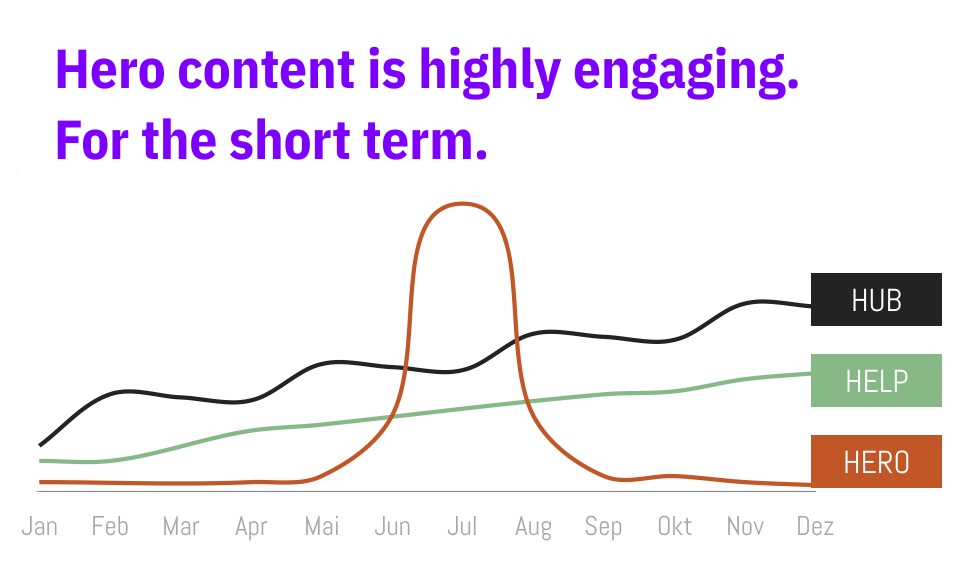
If those in charge lack understanding of YouTube and how it works, resources can end up wasted on weak strategy. While they don’t need to be an expert, their decision-making process needs to be open to, and informed by expertise.Here are a few key areas of YouTube know-how that those in charge should have:
As a prime location for reaching younger target groups, YouTube is often already used as an advertising platform.With better CPMs and targeting possibilities than TV advertising, this can be both smart and effective - when approached in the right way.To successfully make use of this advertising space, a distinction between regular and advertising content should be recognized:
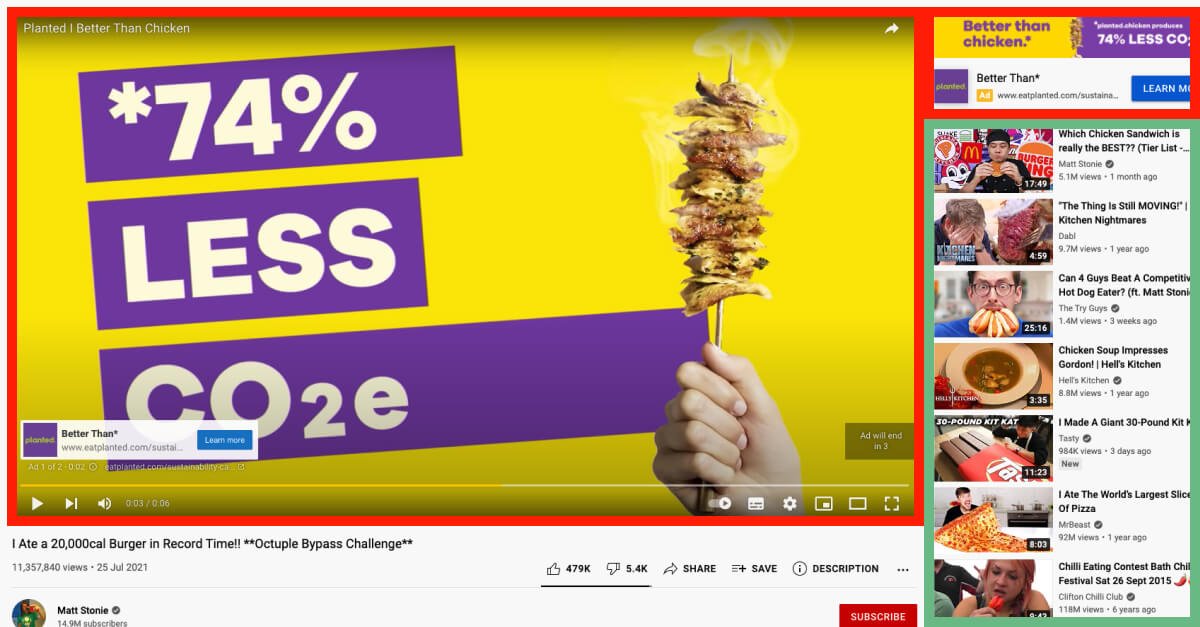
In short, commercials shouldn't be featured on your main channel - this isn’t where audiences typically want to find advertising content.Given the resources invested in your ad videos, you don’t want to depend viewers finding them, hoping someone watches.Take advantage of the highly effective, but hugely under-utilized advertising broadcast tools available on YouTube, like their discovery ads.
The use of market segmentation and target group research are core to marketing strategy development.They help you to get to know what your target audiences’ needs, wants and interests are, informing content that’s going to get them engaged with your brand.Yet, companies frequently make the mistake of skipping these stages when managing YouTube content - resulting in poor consumer response.To avoid this mistake, start by making use of the various consumer touch-points you have available:
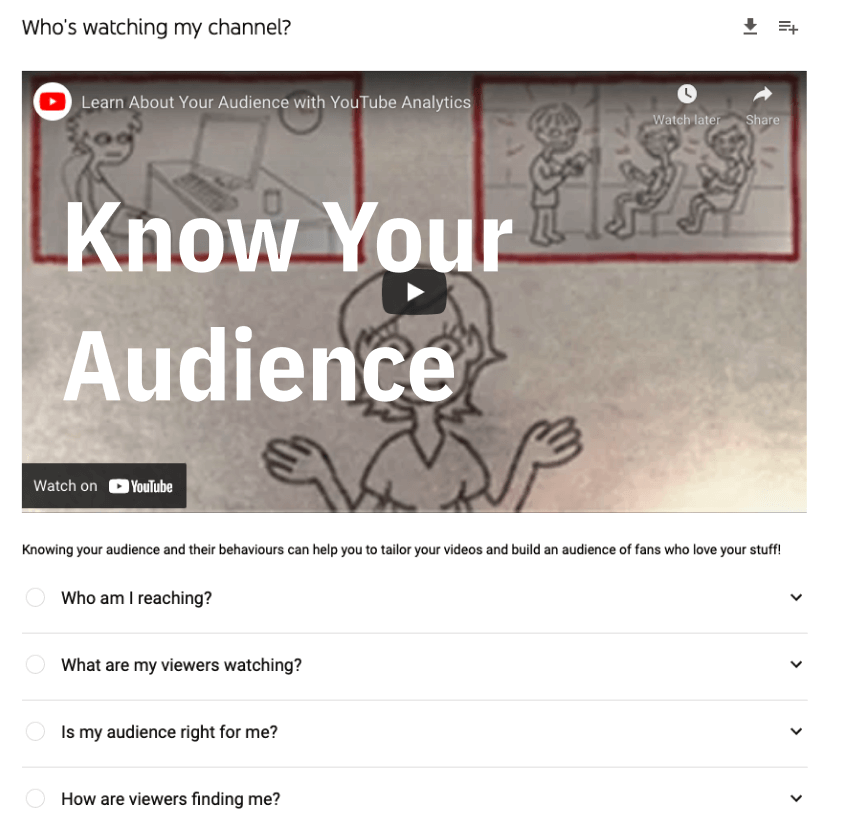
In general, companies tend to underestimate the power of Google and YouTube search optimization.With YouTube particularly, the main mistake is not taking it seriously as a search engine at all.First, it’s important to shift this perception by recognizing a few key facts:
To ensure your videos are making its way to the top of these users’ search results, it’s critical that you know about YouTube SEO ranking factors.Make use of powerful YouTube SEO analysis tools, such as those provided by tubics. From there, you can use the data insights in optimizing both your channel and video metadata - applying keywords and search terms to your title, tags, and descriptions.
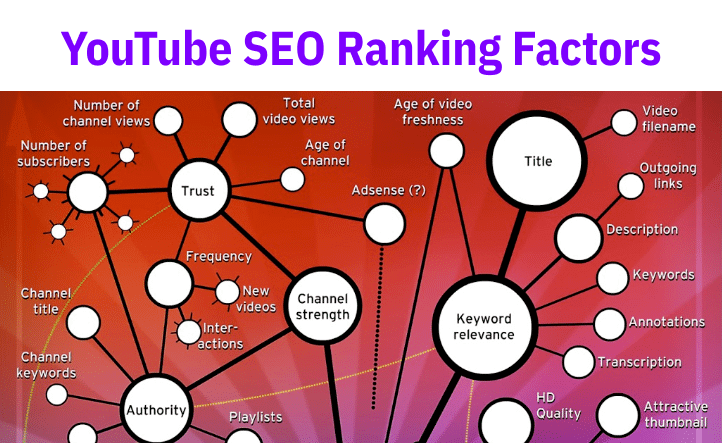
Overall, YouTube is a fantastic platform for reaching new and engaged audiences for your company, and brand. With its increasing popularity, it’s a worthwhile investment to take some time in reviewing your YouTube strategy.Using this list of the top 10 mistakes made by companies on YouTube, you can avoid the same costly errors, ensuring you’re using the platform to its full marketing potential.
.png)